How to Grow Almonds |
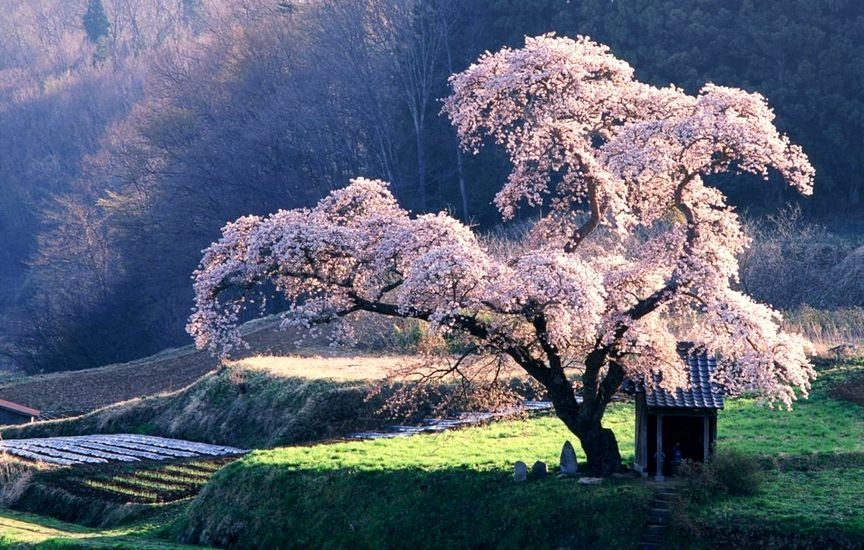 Almond trees are wonderfully small and compact, ranging from 15 to 30 feet tall. They are related to the peach, and the almonds develop inside small fruits (much like the pit in a peach). Though technically a fruit, the almond fruit is very leathery and usually just referred to as the hull or husk of the seed. It’s not an edible fruit. For edible almonds, you want to plant sweet almonds not bitter almonds. They are two different kinds of trees, not just descriptive terms. Bitter almonds actually have cyanide in them, so you must avoid these trees. There are also some varieties of almond that have been bred for their flowers and won’t really produce any fruit (or almonds) at all. They are called ornamental or flowering almonds at most nurseries. Do your research before you shop for seedlings so you get the variety you need. 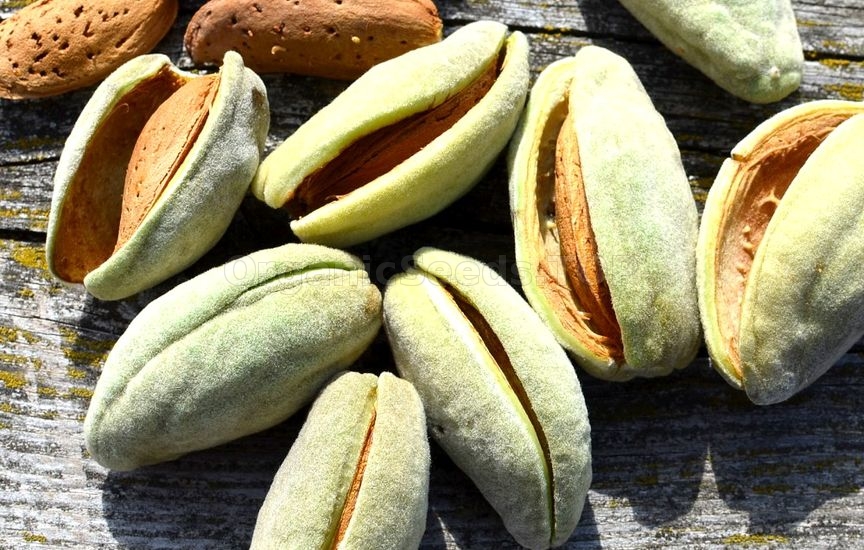 Even the edible trees are lovely when in bloom. They’re not one of those nut trees that make a mess of your yard every year (like walnuts always seem to do). They do make a bit of a mess when they start to drop their nuts but the flowers make up for the annoyance. Almonds are originally from the Middle East and will not grow in cold climates. You’ll need to be in at least zone 6 to get almonds to thrive. In the United States, there are commercial crops of almonds in California and not many other regions. If you want to grow almonds, you may not have much luck finding seedlings elsewhere. Starting Your Tree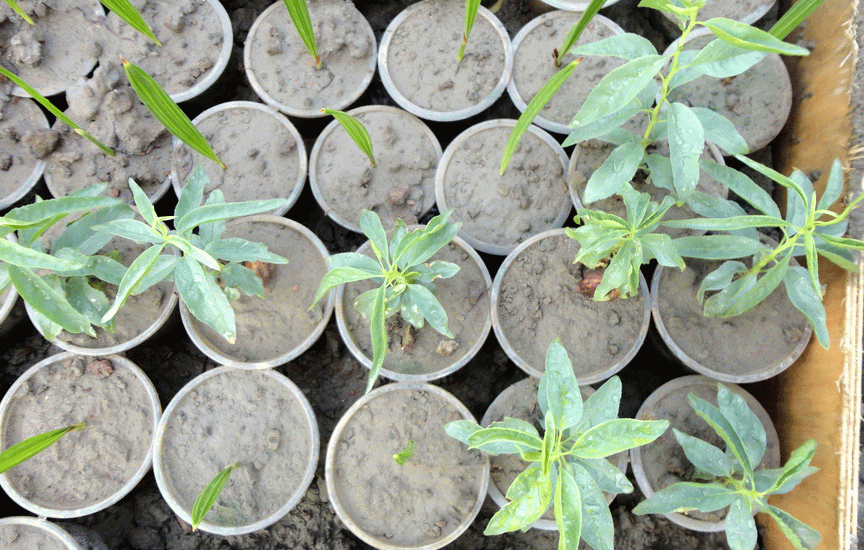 You can start your almonds by buying seedlings or planting almond seeds (fresh unprocessed nuts). Either way, choose a very sunny location where there won’t be any build-up of water around the roots.
Dig up the area where you want to plant so the soil is loose under the seed. Plant your almond about an inch or 2 under the soil and cover. Do this in the fall so that the nut can overwinter for sprouting in the spring. Cover the spot with heavy wire screen to keep out the rodent pests. Alternatively, you can plant seedlings or grafted seedlings. Often, sweet almond buds are grafted onto bitter almond root stock. This has no impact on your nut harvest, and shouldn’t be any concern. Your trees will only produce sweet almonds. 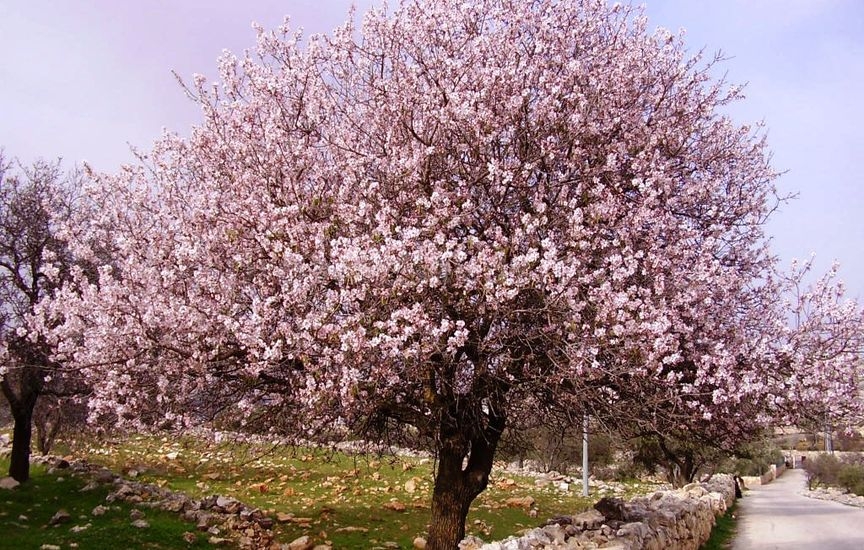 Dig a hole larger than the root ball on your seedling, and break up the soil at the bottom so that it’s very loose. Even mix in some peat moss or some sand for added drainage. Plant your seedling so that it’s at the same depth as it was at the nursery. Some varieties of almond are not self-pollinating, meaning you will need at least 2 or 3 trees in order to get almonds from your trees. Check with the nursery or seedling supplier before buying so that you don’t end up with just one tree that won’t make you any nuts. If you decide to have more than one, plan to space your trees around 20 to 30 feet apart There are some dwarf varieties of almond, though many are just ornamental and it can be difficult to determine at a nursery if any will actually produce edible almonds. Look for the Garden Prince variety if you can find it. It doesn’t grow more than 5 feet in height, and will self-pollinate (meaning you only need the one tree). An excellent option for anyone looking for a nut tree with only a small space to spare. Tree Care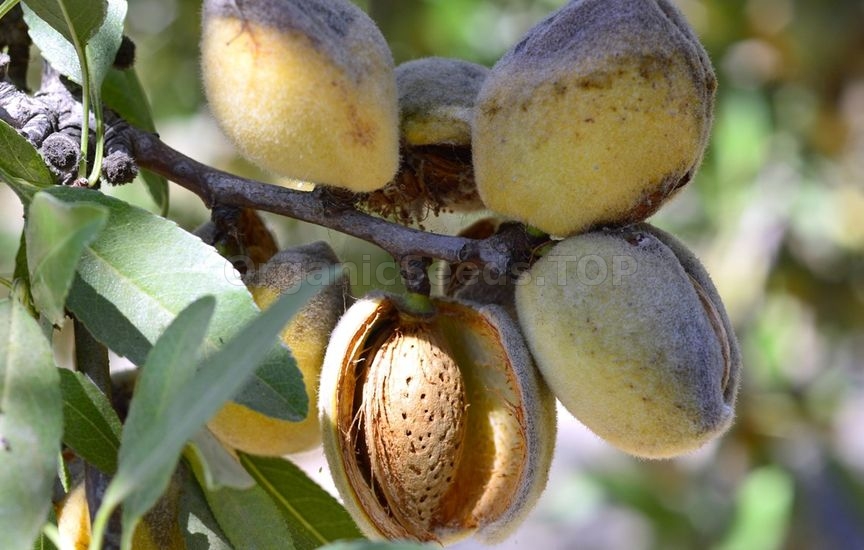 For the first year, be generous with water. Give your trees a thorough soaking once a week through the summer. First thing in the spring, you can give your trees a feeding of standard fertilizer or aged manure.
Watch your trees for the usual tree pests, like aphids and leaf-eating caterpillars. You can treat the tree with standard insecticidal soaps to help keep the insect population down. Almonds produce very sweet blossoms in the spring, to attract the bees for pollination. Don’t be alarmed if your trees are crawling with bees. That’s what you want. 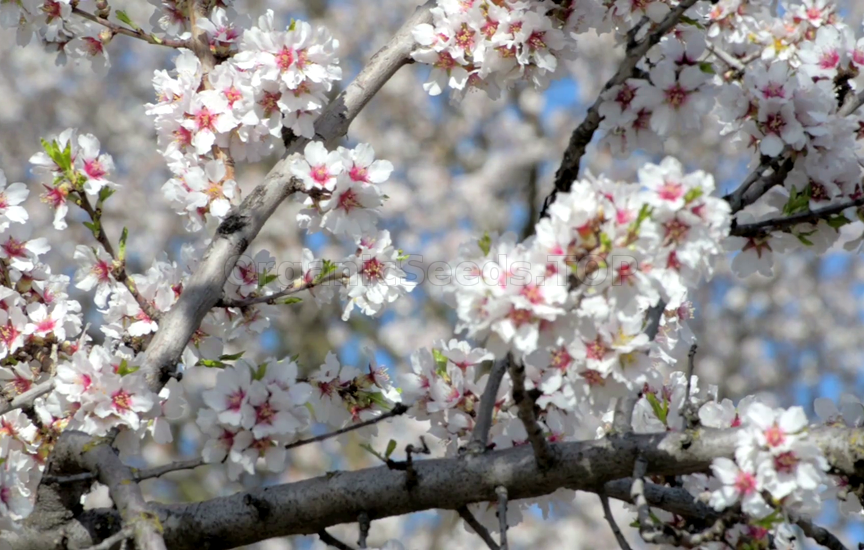 Peach leaf curl can attack almonds as well as peaches. It’s a fungus infection that will start to brown your tree’s leaves, and then they will curl up tightly. If this happens to your trees, remove the infected leaves right away and dispose of them. Burning is a good idea so the fungus doesn’t spread. Rake any dropped leaves off the ground around your trees. If you can’t control it, you may have to spray your tree with Bordeaux spray, a commonly used fungicide treatment for fruit and nut trees. Almonds can benefit from some regular branch pruning, but that is not something a novice will want to undertake. It’s not hard to prune improperly and kill your trees. Get a professional to prune your trees, and ask for advice so you can do it yourself in the future. Harvest and Storage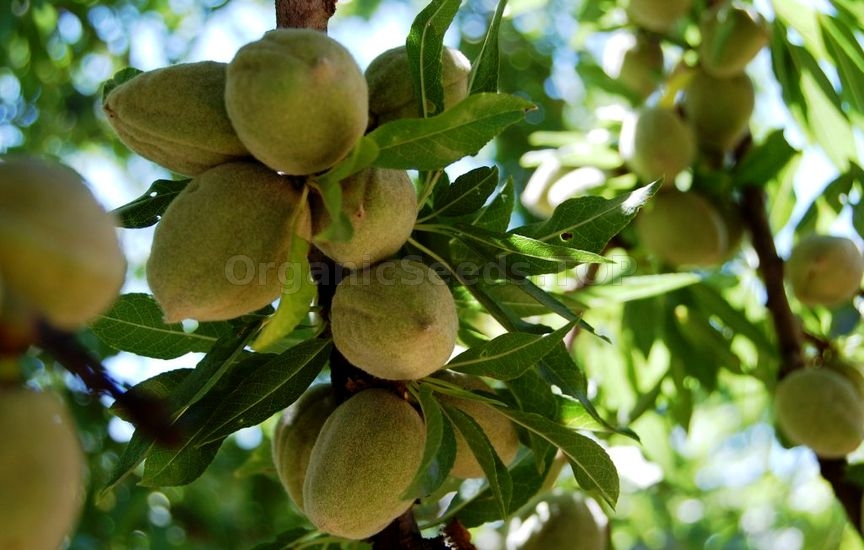 Almond trees can provide you with a yearly harvest of nuts for up to 50 years once they start, which is usually by the age of five years. By 12, your almond trees should be producing a full harvest of nuts for you. A healthy tree can product between 30 and 50 pounds of almonds each year.
Once the small green fruits (or hulls) have started to dry, they will split open and reveal the almond nut inside. Many of them will drop from the tree on their own, but you may have to pick some of them by hand. After you taken the fresh almond out of its husk, you have to let them dry in a well-ventilated place for several days. The nuts should rattle a little inside their shells when they are done. 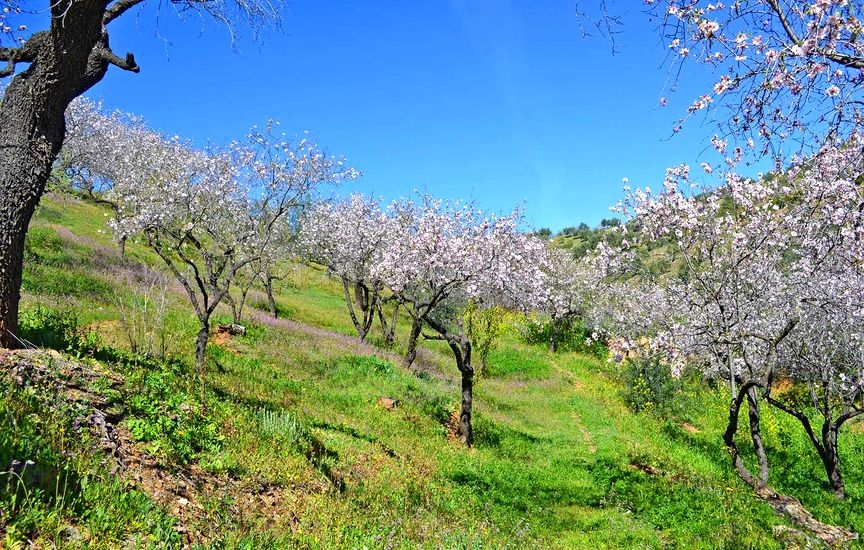 Almonds can be eaten raw, but are more often roasted. It’s a versatile nut that can even be used to make a non-dairy version of “milk”. If you are looking for the all-white almonds for your recipes, you will have to blanch them to remove the thin brown skin that is around the nutmeat. Soak shelled almonds in just boiling water for a minute, then the skins should slip off. Benefits of Almond MilkYou may need:Organic Almond Seeds (Prunus Dulcis) |
|
|
